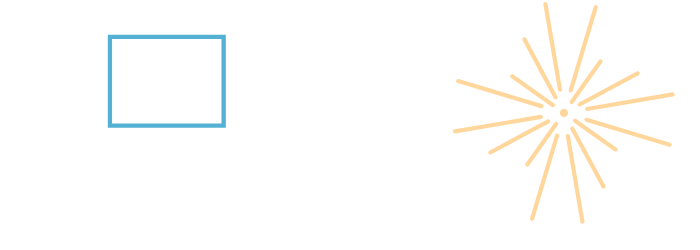Related articles
Secondary antibodies resources
Alexa Fluor secondary antibodies
Biotinylated secondary antibodies
Enhancing Detection of Low-Abundance Proteins
9 tips for detecting phosphorylation events using a Western Blot
Western Blotting with Tissue Lysates
Immunohistochemistry introduction
Immunohistochemistry and Immunocytochemistry
Immunohistochemistry troubleshooter
Chromogenic and Fluorescent detection
Preparing paraffin-embedded and frozen samples for Immunohistochemistry

Flow Cytometry Optimisation
How can I optimize my experiments?
How to prepare a sample correctly
To begin with, you should defrost your cells as fast as possible and quickly get rid of the DMSO by resuspending them in BSA containing PBS. Sometimes after defrosting adding the cells to a culture can restore the epitope expression.
On the other hand, less invasive treatment is preferable for adherent cells. For example, Trypsin can destroy your cells and epitopes, so choosing a gentler method is advisable.
Furthermore, if you want to discard clumps of cells from lymph nodes or spleen tissue, better filter them than using mechanical disaggregation.
Finally, the faster you prepare your samples, the better. This doesn’t mean rushing over important steps, but to manage your time efficiently.
Autofluorescence and wavelengths
Autofluorescence is the natural level of fluorescence of the cells. The presence of collagen, elastin, NADPH and riboflavin can contribute to autofluorescence, which can be a major problem in analysing data.
Usually, cells with more fluorescent compounds are larger, granular cells and this can be detected at short wavelengths for both absorption and emission, around 350 to 550 nm. Mammalian cells tend to get excited by the 488 nm wavelength because they contain specific compounds, that emit in this range.
Autofluorescence can be a major issue in this case because it lowers the signal-to-noise ratio, resulting in low sensitivity and more false positives. A simple way to measure the level of autofluorescence is by using unstained controls. Using exceptionally bright fluorophores can also lower the impact of this issue.
How to distinguish live from dead cells
Having dead cells in the sample can interfere with the staining and your data quality. Because dead cells have higher autofluorescence, more false positives and reduced dynamic range becomes an issue. To help with this issue, specific dyes have been developed.
What are Nucleic Acid binding dyes?
This type of dye has been developed to fluoresce when they are bound to double-stranded nucleic acids, and they can be excited by 488 or 561 nm lasers. After staining with antibodies, you can directly add them to the samples.
After a short incubation, you can clearly distinguish the dead cells and remove them, leaving only the unstained live ones.
